Easy Soap Recipes with Lye to try at Home
Want to try making cold-processed soaps but don't know where to start? You've come to the place! Here are a few handpicked soap recipes that are perfect to start with!
It is true that the idea of soap making with lye can ask for a lot from a beginner, especially when it comes to the preparations and supplies before the actual process! Starting from handling lye in soap making to carefully weighing out and add the oils and other additions to the mixture, this process can seem overwhelming to newbies.
And that is exactly why we have specially curated this recipe book that includes the easiest soap recipes with the most basic ingredients that you could find in your kitchen. From the list of supplies required to the basic steps and ingredients involved at each stage, this recipe guide has got everything that you'd need to know for moulding a perfect fresh batch of soaps!
Soap making supplies required:
-
Stainless steel pot (large)
-
Spoon (plastic or stainless steel preferred)
-
Thermometer
-
Heat resistant plastic containers
-
Few small containers or bowls (glass or plastic)
-
Kitchen weighing scale
-
Stick blender
-
Soap mould
-
Rubber gloves
-
Goggles
Basic Oil Soap
Ingredients required:
-
Coconut oil - 8 oz.
-
Olive oil - 16 oz.
-
Palm oil - 8 oz.
-
Lye (sodium hydroxide) - 4.5 oz.
-
Water - 10.5 oz.
-
Fragrance/Essential oil - 1.4 oz.
Step 1: Prepare the lye solution
Preparation or mixing of the lye solution is considered one of the most important and challenging steps in making cold processed soaps, simply because it requires all of your attention and care, especially while handling and mixing the lye with water.
Safety measures: Make sure that you wear protective gear like goggles and long rubber gloves while handling lye since lye is a highly corrosive substance and can cause serious burns if it comes in contact with skin.
-
Mixing of lye solution must always be carried out with great care. Firstly, place an empty container (plastic) on the weighing scale to weigh out the lye required. Now weigh out 10.5 oz of water into a plastic container. Next, weigh out exactly 4.5 oz of lye into another container and place the rest of the lye solution away safely.
-
Slowly add the weighed-out lye drop by drop to the water taken in the container while constantly stirring the mixture. Make sure that the mixture doesn't splash out while mixing or stirring.
-
After the mixture completely dissolves, cover the container and allow it to cool down to about 100 F. Keep a thermometer handy to check the temperatures.
Step 2: Preparing the soap
-
Weigh out the required amounts of oils and heat them if they are not already in their molten state. Transfer the liquid oils to a large pot and allow it to cool down. When both the lye mixture and oil mixture cool down to approximately 100 F, slowly pour the lye mixture into the oils in the large pot.
-
Using a stick blender, stir the mixture with short blasts of blending and stirring alternately.
-
Keep on mixing the soap mixture till it appears as thick like a cake batter so that the oil streaks are not visible anymore. This stage is known as the 'light trace'. At this stage, you can add your required amount of fragrance oils to the mixture and make sure that they mix completely.
-
Now, pour the soap mixture into the mould and let it wait for about 12 to 24 hours to harden. You can try spraying rubbing alcohol before and after pouring it into the mould to prevent the formation of air bubbles in the mixture. After hardening, cut the soap into bars and wait for at least another two weeks before using the fresh batch of soaps.
Basic Herbal Soap
Ingredients required:
-
Coconut oil - 4.8 oz.
-
Olive oil - 7.2 oz.
-
Sunflower oil - 3.2 oz.
-
Shea butter - 0.8 oz.
-
Rosemary essential oil - 1 tsp
-
Peppermint essential oil - 1+1/4tsp
-
Lavender essential oil - 1 tsp
-
Fresh chopped herbs (Rosemary/Lavender/Peppermint) - 1 tsp
-
Lye (sodium hydroxide) - 2.2 oz.
-
Water - 4.37 oz.
Step 1: Prepare the lye solution
Safety measures: Make sure that you wear protective gear like goggles and long rubber gloves while handling lye since lye is a highly corrosive substance and can cause serious burns if it comes in contact with skin.
- Place an empty plastic container on the weighing scale to weigh out the lye required. Now weigh out 4.37 oz of water into a plastic container. Next, weigh out exactly 2.2 oz of lye into another container and put the rest of the lye solution away safely.
- Slowly add the weighed-out lye drop by drop to the water taken in the container while constantly stirring the mixture. Make sure that the mixture doesn't splash out while mixing or stirring.
- After the mixture completely dissolves, cover the container and allow it to cool down. Keep a thermometer handy to check the temperatures.
Step 2: Preparing the herbal soap mixture
-
Weigh out the required amounts of oils and mildly heat them if they are not already in their molten state (it is required to heat the shea butter and coconut oil till they melt out). Transfer the molten oils to a large pot and allow it to cool down. When both the lye mixture and oil mixture cool down to approximately 100 F, slowly pour the lye mixture into the oils in the large pot.
-
Using a stick blender, stir the mixture with short blasts of blending and stirring alternately.
-
Keep on mixing the soap mixture till it appears as thick like a cake batter so that the oil streaks are not visible anymore. At the trace stage, you can add your required amount of essential oils to the mixture and make sure that they mix completely. Along with the essential oils, add the freshly chopped herbs into the mixture.
-
After mixing completely, pour the soap mixture into the mould and let it wait for about a day to harden. After hardening, cut the soap into bars and wait for at least another two weeks before using the fresh batch of soaps. You can also wrap the soaps in brown paper for longer shelf life.
Moisturizing Mango Butter Soap
Ingredients required:
-
Coconut oil - 9.6 oz.
-
Palm oil - 9.6 oz.
-
Olive oil - 8.7 oz.
-
Avocado oil - 3.5 oz.
-
Mango butter - 3.5 oz.
-
Lye (sodium hydroxide) - 5 oz.
-
Water - 10.5 oz.
-
Fragrance oil - 3tbsp
Step 1: Prepare the lye solution
Safety measures: While preparing lye solution, always wear protective gear like goggles and long rubber gloves while handling lye since it is a highly corrosive substance and can cause serious burns if it comes in contact with skin.
- Start by placing an empty plastic container on the weighing scale to weigh out the lye required. Now weigh out 10.5 oz. of water into a plastic container. Next, weigh out exactly 5 oz. of lye into another container and put the rest of the lye solution away safely.
- Slowly add the weighed-out lye drop by drop to the water taken in the container while constantly stirring the mixture. Make sure that the mixture doesn't splash out while mixing or stirring.
- After the mixture completely dissolves, cover the container and allow it to cool down. Keep a thermometer handy to check the temperatures.
Step 2: Prepare the mango soap mixture
- Weigh out the required amounts of oils and mildly heat them if they are not already in their molten state (it is required to heat the mango butter and coconut oil till they melt out). Transfer the molten oils to a large pot and allow it to cool down. When both the lye mixture and oil mixture cool down, slowly pour the lye mixture into the oils in the large pot.
- Using a stick blender, stir the mixture with short blasts of blending and stirring alternately.
- Keep on mixing the soap mixture till it appears as thick like a cake batter so that the oil streaks are not visible anymore. At the trace stage, you can add your required amount of fragrance oil to the mixture and make sure that they mix completely. You can also add colour to your soap mixture at this stage.
- After mixing completely, pour the soap mixture into the mould and let it wait for about a day to harden. It is encouraged to spray rubbing alcohol before and after pouring into the mould to prevent the formation of air bubbles in the mixture. After hardening, cut the soap into bars and wait for at least another two weeks before using the fresh batch of soaps.
Goat Milk Soap
Ingredients required:
-
Coconut oil - 10 oz.
-
Palm oil - 6 oz.
-
Olive oil - 10 oz.
-
Almond oil - 3 oz.
-
Castor oil - 2 oz.
-
Shea butter - 3 oz.
-
Goat milk - 12 oz.
-
Beeswax - 1 oz.
-
Lye (sodium hydroxide) - 4.9 oz.
Step 1: Prepare the goat milk and lye mixture
Safety measures: While preparing lye solution, always wear protective gear like goggles and long rubber gloves while handling lye since it is a highly corrosive substance and can cause serious burns if it comes in contact with skin.
-
Start off by freezing the goat milk in a plastic container for around three to four hours till it appears semi-solid in texture. Now, weigh out around 4.9 oz. of lye into another container and put the rest of the lye solution away safely.
-
Slowly add the weighed-out lye drop by drop to the semi-frozen goat milk taken in the container while constantly stirring the mixture. Make sure that the mixture doesn't splash out while mixing or stirring. It is normal if you notice a colour change or a rise in the temperature while adding the lye to the milk. Mix the lye and milk thoroughly and set it aside for a while.
Step 2: Prepare the oils and soap mixture
-
Take your oils, including the beeswax, and heat them to a molten state if they are not already in their liquid form. Transfer the molten oils to a large pot and allow it to cool down. When both the lye-milk mixture and oil mixture cool down to approximately 100 F, slowly pour the lye mixture into the oils in the large pot.
-
Using a stick blender, stir the mixture with short blasts of blending and stirring alternately.
-
Continue mixing the soap mixture till it appears as thick as a cake batter so that the oil streaks are not visible anymore. At this trace stage, you can add your required amount of fragrance oil or colourants (if any) to the mixture and make sure that they mix completely.
-
Pour the soap mixture into the mould and let it wait for about 12 to 24 hours to harden. You can try spraying rubbing alcohol before and after pouring it into the mould to prevent the formation of air bubbles in the mixture. After hardening, cut the soap into bars and wait for at least another two weeks before using the fresh batch of soaps. For longer shelf life, wrap the soap bars in brown paper and store them away.
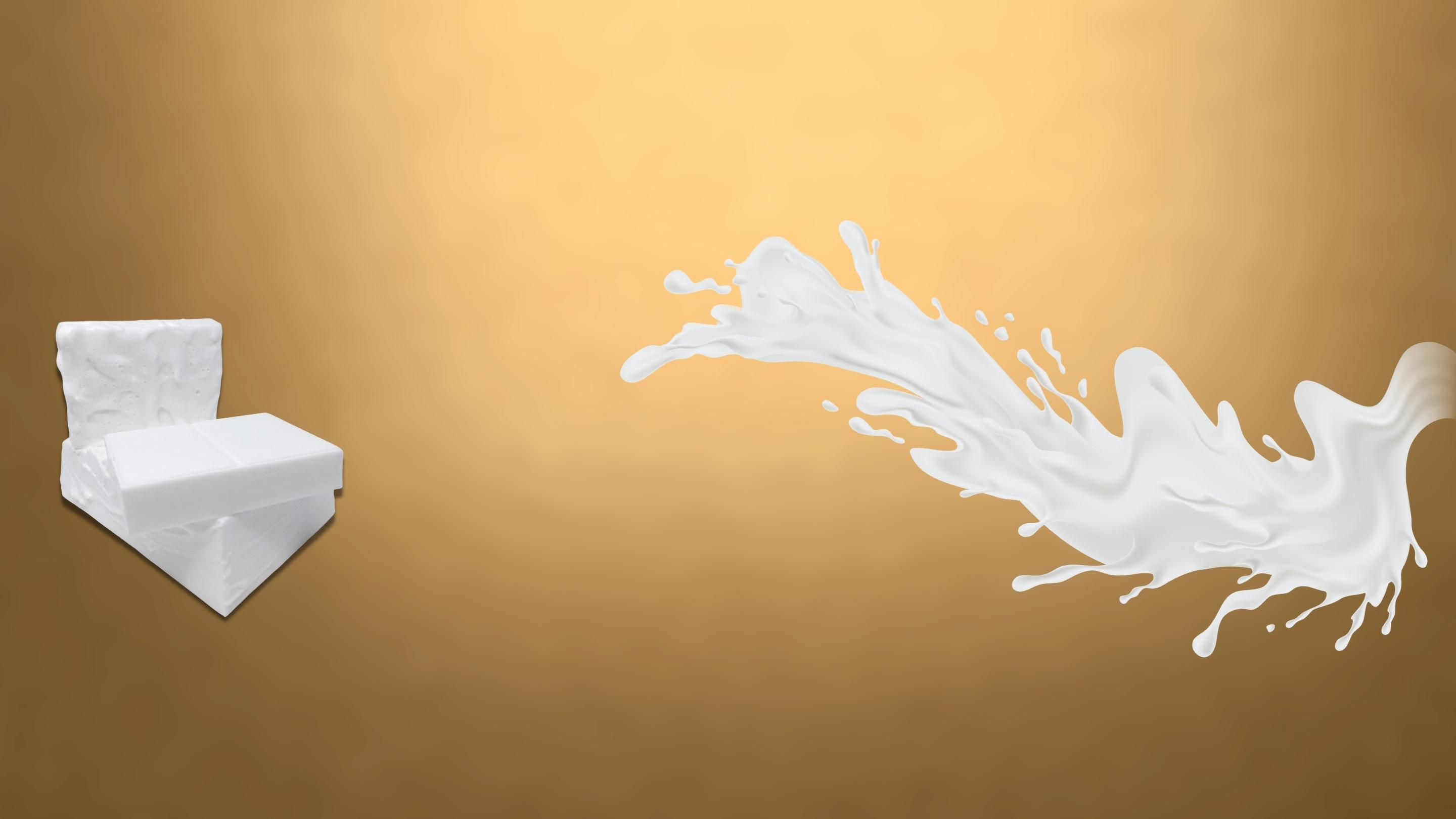

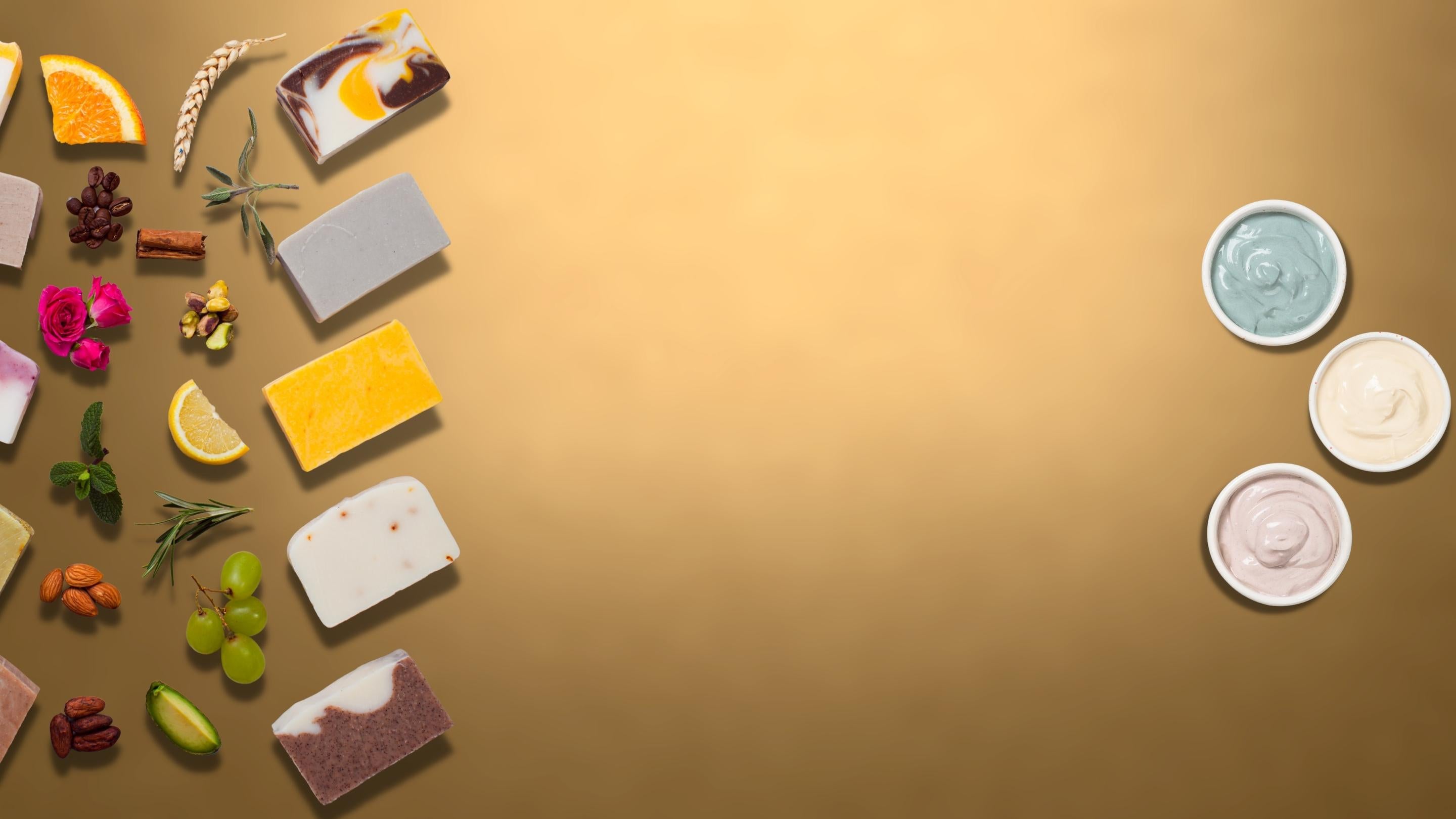




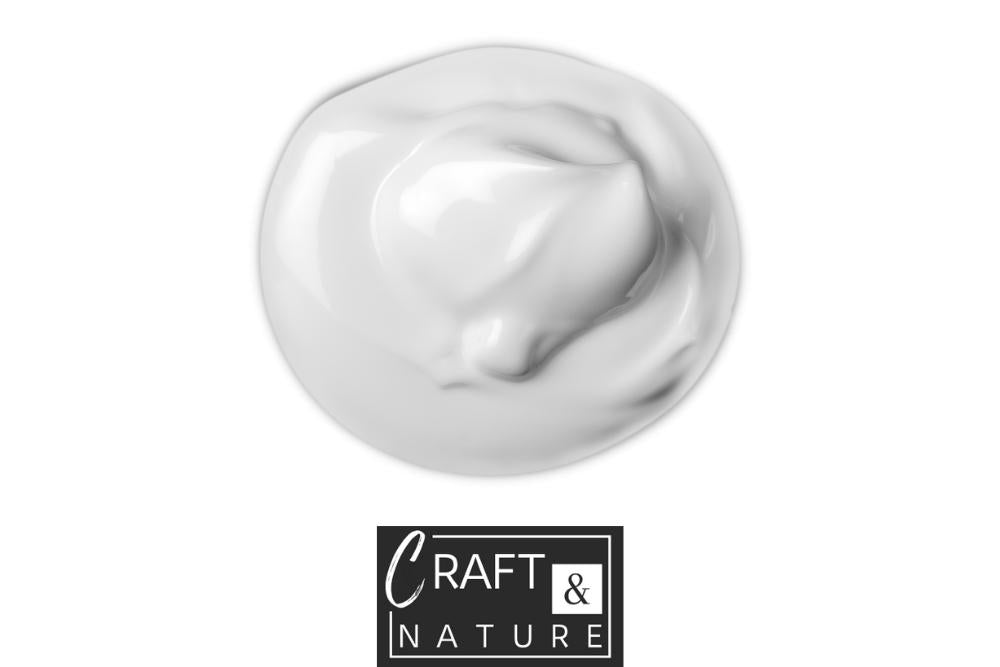
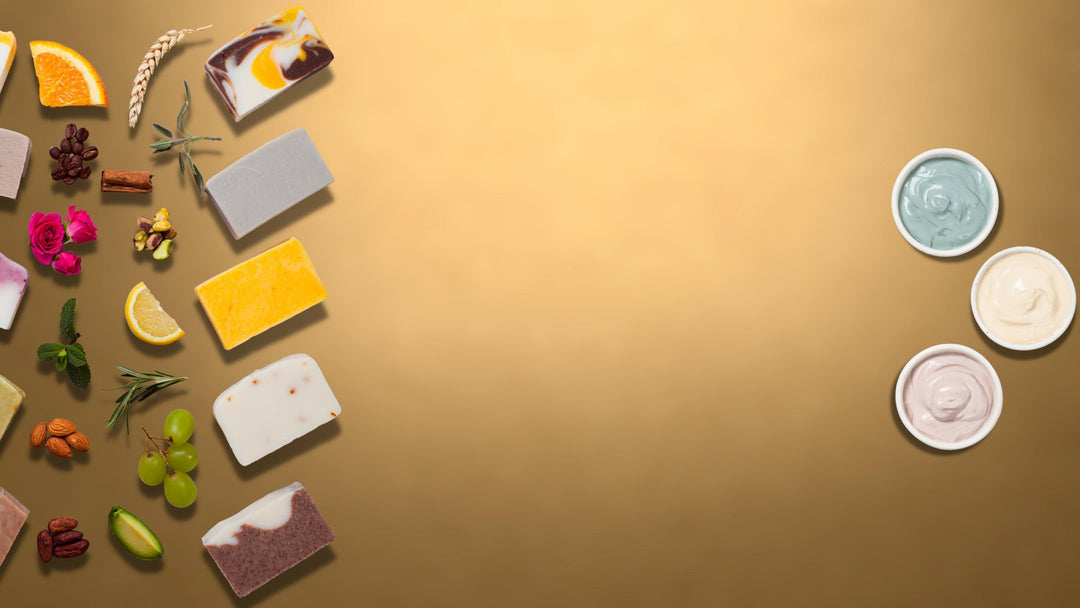

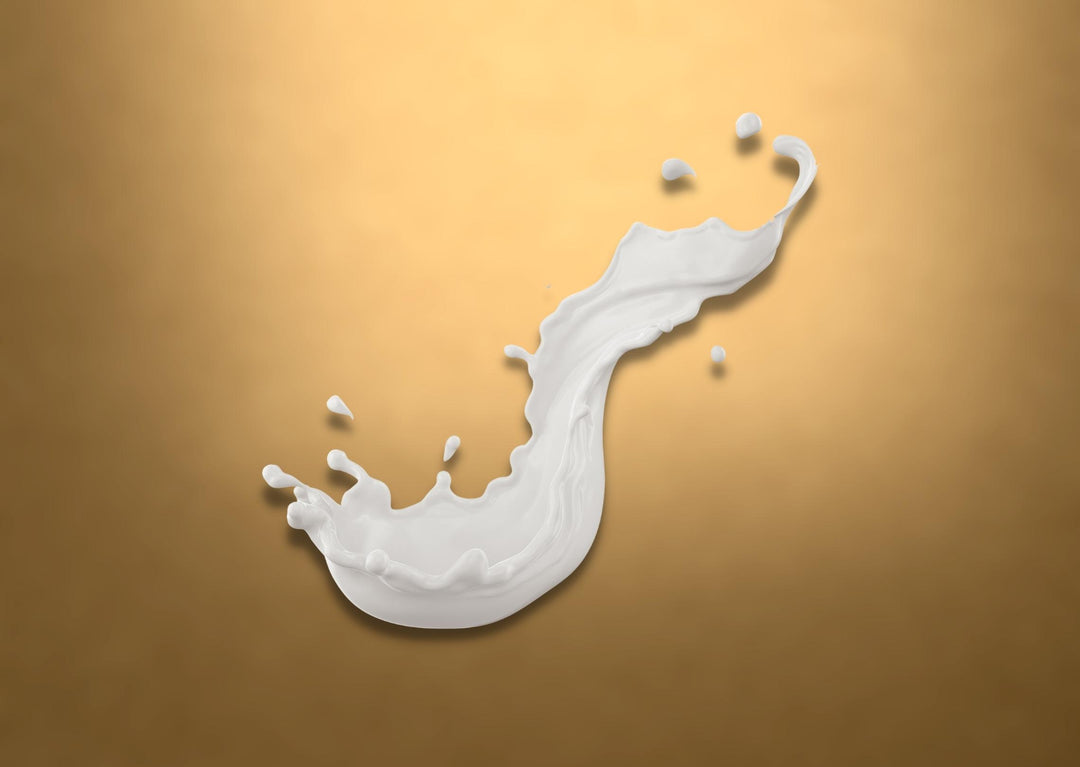
Leave a comment